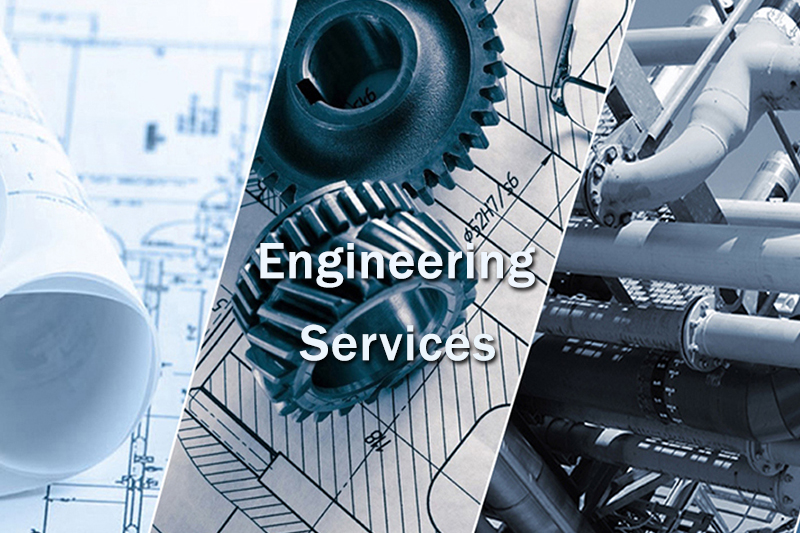Welcome to NN Technology Solutions
In today’s world of Smart products, the complexity is increasing day by day due to reduced form factor and sophisticated functionalities included into the products. Most of these products are now microcontroller/microprocessor/FPGA based with high speed wired and wireless communication capabilities. It also include interfaces for analog input sensors like temperature and motion sensors. This calls for product development team to have knowledge of electronics with high speed digital and analog processing with RTOS or OS based embedded software performing logic operations and calculations for inputs from analog sensors. Mechanical engineering is another important aspect of product engineering playing major role in reducing form factor but maintaining ease in usability of the products. NNTS is ready with such a mixed experienced team of hardware, mechanical and software development and ready reusable hardware platforms / software libraries for fasterturnaround.
NNTS provides end to end engineering services for development of electro-mechanical products from conceptualization to manufacturing.
- Conceptualization:
- Creation of Concept document
- Selection of off-the-shelf electro-mechanical components for proof-of-concept
- Creation of necessary custom components for integration with off-the-shelf components
- Reusing existing software and /or development of required software from available software libraries
- Integration of hardware, mechanical and software components to create proof-of-concept
- Performing necessary functional and performance testing
- Documentation of results with improvements required
- Creation of requirement document for final product
- Requirement Analysis
- Architecture Design:
- Creation of high level design block diagram of product
- Definition of electronics and mechanical components
- Selection of off-the-shelf components, if any like motors, sensors, etc.
- Creation of high level drawings/models of product for electro-mechanical placement analysis
- Defining user and service accessibilities
- Selection ofcritical components for electronics like microcontroller/microprocessor/FPGA
- Creation of high level design document
- Starting vendor selection process for manufacturing and purchasing off-the-shelf components
- Detailed Design:
- Circuit design and Components selection
- Circuit simulations and analysis – analog operations, signal integrity
- Components library creation – symbols and footprint in CAD tool as per IPC or customer provided guidelines
- Schematics preparation
Electronics
- Identification and selection of off-the-shelf and custom components
- Defining integration of off-the-shelf and custom components
- Concept creation of custom components – rough 3D models
- Simulation and analysis – FEA, CFD
- Finalization of material and preparation of design drawings
Mechanical
- Creation of FPGA specification document
- Selection of device/s as per technology requirement and specifications
- Selection of development tools for selected device
- RTL design and coding
- RTL Integration
- IP core design and integration
- Preparation of verification plan
- Verification environment development
- Integrated RTL verification
FPGA Development and Verification
- PCB Layout
- Definition of board specific checklists and guidelines
- Definition of board mechanical dimensions
- Placement of major components like edge connectors and main chips
- Definition of design rules and rule areas
- Review and finalization of major component placement as per user accessibility and integration with other PCBs in product
- Placement of remaining components
- Routing and DRC checks
- Generation of manufacturing files
- Prototyping
- Vendor identification for electronics and mechanical parts prototyping
- Ordering of off-the-shelf parts
- Fabrication of PCB and mechanical components
- Assembly of PCBs
- Hardware/Mechanical/Software Integration
- Verification and Validation. ( Read More..)
- Re-spin
- Design updates for electronics and mechanical components
- Prototyping of new components
- Integration and V&V
- Product Compliance. ( Read More..)
- EMS. ( Read More..)
- Product Sustenance
- Team formation with mixed skill of hardware, mechanical and firmware development
- Knowledge transfer and necessary trainingsto the team
- Infrastructure setup – tools and instruments for modifications and testing
- Customer query and response handling system
- Defining SLA for turnaround time for query response and resolution

